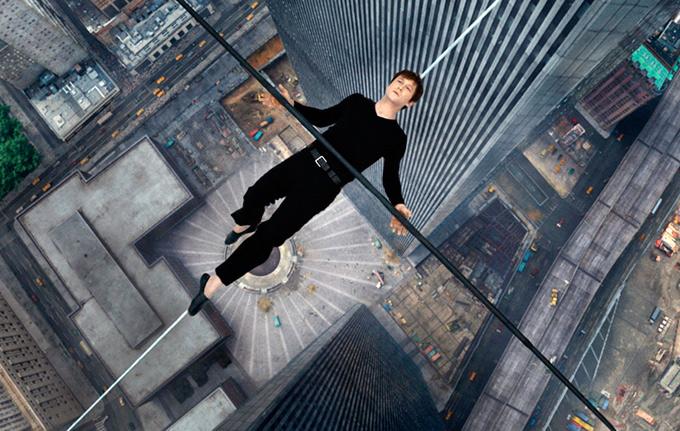Why go to the cinema? It’s a question more people are asking, and Hollywood isn’t deaf. In this age of Netflix and Hulu, justifying the expense of a trip to the movie theater is hard—and that’s before taking the cost of concessions into account. Hollywood’s answer has consistently been to go bigger: CGI, 3D, IMAX. All movies look better on the big screen, but there are some that really only work projected several stories high, and it is these sorts of movies, which I like to call “spectacle cinema,” that keep movie theaters in business. Earlier this year, “Jurassic World” broke the all-time record for biggest opening weekend, both domestically and internationally, and that wasn’t because of the plot or character development. Superhero movies continue to dominate, though all signs point to trouble for future prospects on that front. After all, Metropolis, New York, London, The World, etc. can only be saved from imminent destruction so many times before we stop caring. But then what else is there? Can you have spectacle cinema without superheroes or velociraptors or explosions?
This is where Robert Zemeckis’ “The Walk” comes in. It’s a biopic about Philippe Petit’s 1974 high-wire walk between the Twin Towers, but it’s far from a remake of James Marsh’s Oscar-winning 2008 documentary “Man on Wire.” Instead, “The Walk” is about the one thing “Man on Wire” couldn’t show: the walk itself, which was not caught on film. More importantly, however, “The Walk” presents an interesting possibility for the future of spectacle cinema.
To get a good sense of what sort of movie “The Walk” is, one only needs to look at the casting of Joseph Gordon-Levitt as Philippe Petit. Looking very much like himself and very little like the ginger-haired, blue-eyed Frenchman he portrays, it doesn’t matter how good his accent is or isn’t, because we’re not going to believe it anyway. From the opening scene where Petit directly addresses the audience from a location quickly identifiable as the torch of the Statue of Liberty and frames the story as a retrospective from his perspective, “The Walk” is an unabashed crowd-pleaser, more reminiscent of Tim Burton’s “Big Fish” than Marsh’s “Man on Wire,” regardless of subject matter.
Though consistently entertaining throughout the entirety of its two-hour runtime, the final act — the setup and execution of the eponymous walk — is the film’s crowning glory. The climactic scene of Petit’s walk, suspended over a hundred stories above the ground, shot largely from Petit’s perspective and featuring a masterful use of 3-D, is nothing short of terrifying. Without the use of monsters or explosions or anything besides the viewer’s own fear of heights, it’s a new kind of spectacle cinema. Without 3D or IMAX, “The Walk” would just be an entertaining, if somewhat bland, biopic.
The use of first person perspective to create a visceral reaction in theaudience is not new, nor is the use of 3D to do the same. But to combine the two in such a way and in such a context is very innovative, which biopics are not famous for, and presents interesting possibilities for the future. It is especially interesting to note the striking resemblance the aesthetic resulting from such techniques has to video games, another one of film’s biggest competitors.
All in all, “The Walk” is not the strongest narrative to grace the silver screen this year, but it is a unique movie-going experience. If you have any interest in seeing this one at all, don’t wait for it to show up on Netflix.
Photo courtesy of Indiewire.







